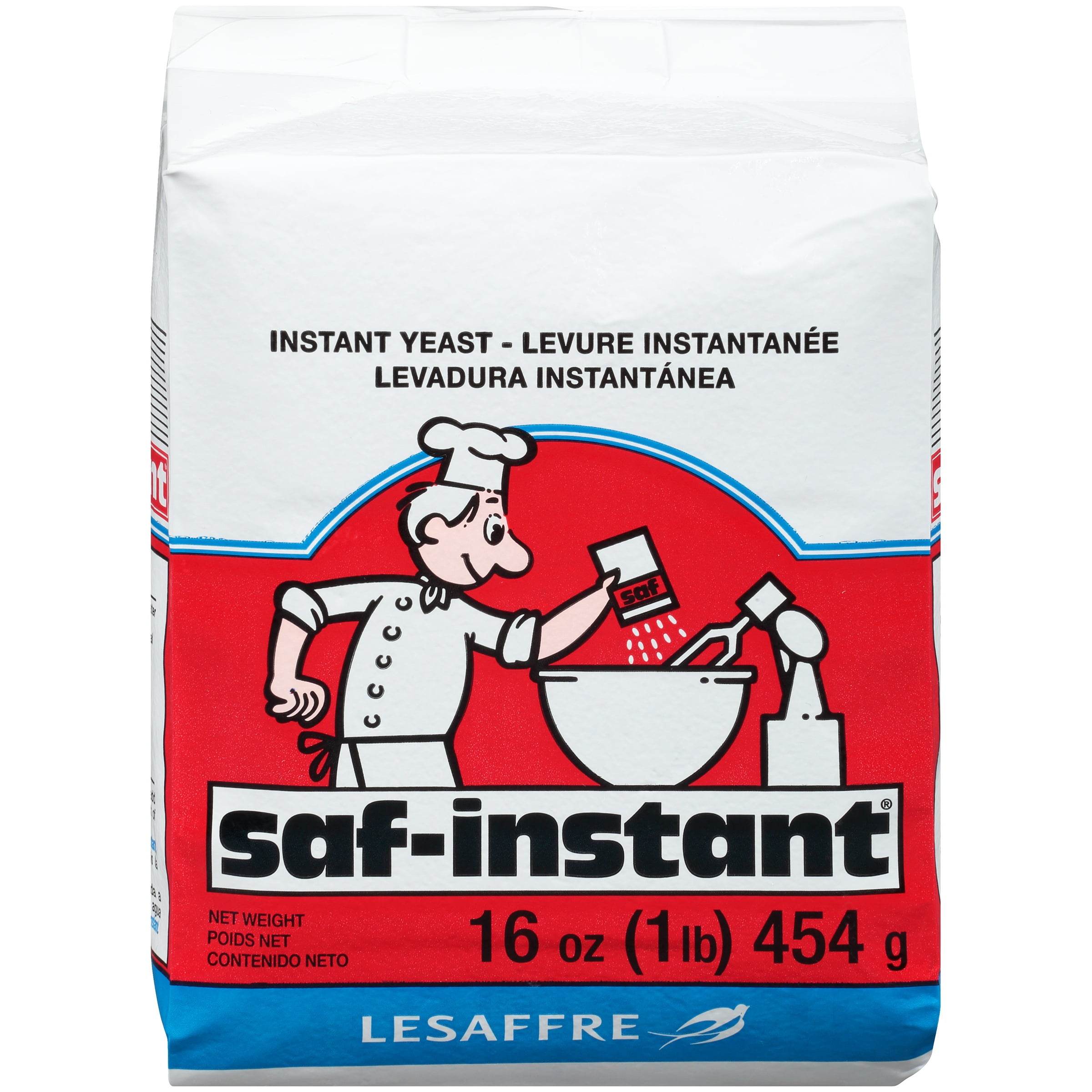

This is to activate the yeast and make sure it is working properly. This mixture then needs to rest for 10 minutes. The first step in each recipe is to warm the milk to around 100☏ and then whisk in the milk and yeast. This seemed like a huge bonus however, I was curious to see how much flavor was imparted to the dough during the active dry yeast’s extra rise time. While the active dry yeasted dough requires two “proofings” to completely raise the flour, the instant yeast only requires one, which knocks an hour and a half off of your total time. All steps are the same except for the first rise.

To start I looked at the steps required to make cinnamon rolls and the alterations I would need to make for the different yeast types. I chose cinnamon rolls for this experiment because it is a fairly straight forward yeasted dough and also, who doesn’t want to start the new decade off with cinnamon rolls? My final perfected recipe is linked at the bottom of the page but if you want to see how I came to this conclusion keep reading! Using the same recipe, are the same amounts of yeast, liquid, and sugar required to raise equal amounts of flour? Instant yeast claims to activate a lot faster than active dry yeast. I was doubtful of this fact because of the difficulty in raising yeast to begin with and that is where my experiment comes in… The packages for instant and active dry yeast claim that each can be substituted for the other in a 1:1 ratio. While active dry yeast can take a while to raise a loaf of bread, instant yeast claims to work in half the time. They differ however in their activation times. You should store them in an airtight container in the refrigerator for the longest shelf life.īoth of these forms of yeast require a liquid for activation and a sugar for fermentation. They both have a longer shelf life than a wet yeast because of the drying process, which is done for preservation. The yeast also imparts a delicious flavor and texture that you expect in risen breads. This is what creates the beautiful rise that we see in yeasted recipes. The carbon dioxide gasses become trapped in the gluten structures that have been kneaded into the dough and expand when the dough becomes hot in the oven. The dry yeast feeds on the sugar in your dough and through fermentation converts that sugar to carbon dioxide. So what is yeast? The webster simplified version is “ a single-celled fungus that ferments sugar to produce alcohol and carbon dioxide.” In this article we are discussing dry baker’s yeast, which is different from brewer’s yeast used to make beer. With knowledge comes understanding and eventually the steps you take to achieve the perfect rise will have a purpose and you will begin to bake by touch and feel rather than reading off of a recipe card. If you don’t know why you are kneading, and proofing, and incorporating the exact amount of sugar at the right time, you may skip a step and your bake will not turn out the way you planned. With yeast, understanding what gives it the power to raise a loaf of bread is crucial.

The first thing when going into a baked recipe is to know the science behind why the bake turns out the way it does. With the new year comes new resolutions and this year the goal is to go outside my culinary comfort zone, starting with yeast. The terms “proofing” and “activation” are a bit daunting and I always go into a yeasted dough recipe sure it won’t turn out. I have always been a bit nervous when it comes to recipes involving baker’s yeast.


 0 kommentar(er)
0 kommentar(er)
